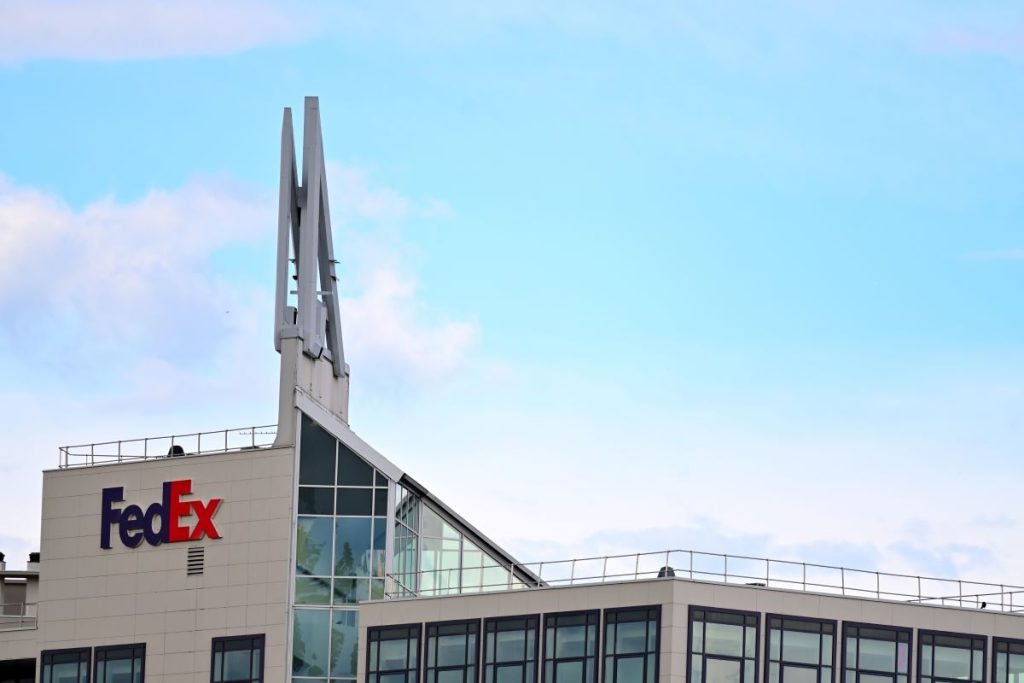FedEx has unveiled its new automated sorting facility, Secondary 25, at the Memphis World Hub. Spanning 1.3 million square feet, the facility can process 56,000 packages per hour, accounting for over half of the hub’s primary sorting operation. This significant capacity helps to expedite handling times and delivery speeds.
The facility is equipped with advanced technology, including a six-sided package scanning system and new weighing and dimensioning systems. It also features a dedicated area for moving bulky, hard-to-handle shipments.
The Role of Robotics: Potential and Limitations
FedEx has been exploring the use of robotics in its operations, experimenting with parcel-sorting arms and trailer-loading robots. However, the new Memphis hub facility does not incorporate robotics.
Kit Crighton-Smith, a FedEx project management advisor overseeing the expansion, explained that while robots can efficiently handle small packages, they struggle with awkwardly sized items or heavy packages. We have not come across anything that’s heavy duty enough, flexible enough and fast enough to move the freight,” she said. “People are just much better at it.”
Balancing Automation and Human Intervention
Despite the high level of automation at Secondary 25, human employees remain integral to the Memphis hub’s operations. The automation reduces the amount of direct handling required by workers. For instance, conveyor belt movements are computerized to position each package correctly before the scanning system captures its size and barcode information.
Crighton-Smith noted that the top three floors of the facility are almost fully automated, with over 1,000 cameras monitoring the sorting process. However, human employees are still needed to check operations and handle tasks beyond the capabilities of current automation technology.
Despite the advancements in automation at FedEx’s new sorting facility, the integration of robotics remains a challenge. While robots excel at certain tasks, human employees continue to play a crucial role in handling complex and oversized packages. The future of logistics lies in striking a balance between automation and human intervention to ensure efficient and effective operations.




